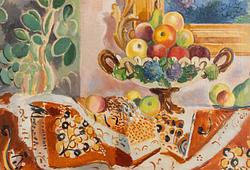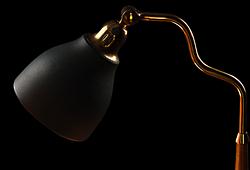Three UTAGAWA HIROSHIGE (1797-1858) color woodblock prints. Japan, from 53 stations of the Tokaido, 19th century.
Station 17, Ukitso, depicting two sumo wrestlers being carried upstream, one on a packhorse and the other in a kago, They walk near the mouth of the Okitsu River with a view of the sea in the backgroun, size 36x23 cm.
Station 30, Maisaka, 35x22 cm.
Station 47, Seki (Departure from the inn), 34,6x22,5 cm.
Creases, discolorations, stains, damages to paper, creases, damages to edges.
Literature
See similar at The National Gallery of Victoria, Melbourne, accession nr: 3680-4.
See similar at The Metropolitan Museum (MET), NY, accession nr: JP488 and The Howard Mansfield Collection at the Metropolitan Museum,
accession number JP2487
Also at The Brooklyn Museum, NY, in the Frank L. Babbott Fund, accession nr 39.583.
RISD Musuem, Providence, number 41.080.48.
At the Dallas Museum of Art, Texas, accession nr 1984.202.48.
and Reading Public Museum, Reading, object nr 1933.326.18.
More information
Hiroshige captured the journey along the Tokaido road,the highway connecting Edo to Kyoto, the imperial capital. With the restrictions on travel in the Tokugawa Shogunate centuries, urban populations embraced the essence of travelling and the arts and Hiroshige became one of the most prominent and successful ukiyo-e artists.































